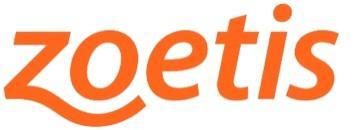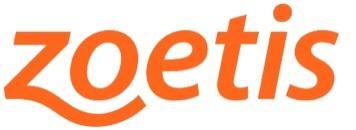Zoetis UK unveiled an important new video to help horse owners understand why encysted small redworm are a serious health risk to horses http://bit.ly/2AigdIR . The company is encouraging all horse owners to speak to their vet or suitably qualified person (SQP) now to make sure they understand the risk this winter.
The new animated video, launched across social media platforms, uses engaging illustrations to explain the complicated life cycle of the small redworm and the life-threatening damage they can cause to horses.
In the autumn and winter as the temperature drops, small redworm larvae have a unique way of surviving in the horse. They are ingested when your horse is grazing and then they bury themselves in the intestinal wall where they form cysts and stop their development, to hibernate during the colder weather. Up to 90% of small redworms in your horse may be these hidden ‘encysted’ small redworm.1
In the spring the larvae can erupt from their hibernation in large numbers, breaking and damaging the lining of the intestinal wall, which can cause diarrhoea, weight loss and colic. This potentially fatal condition is known as larval cyathostominosis, which has a mortality rate of up to 50%. Any age of horse can be affected and young horses (<6 years old) are particularly at risk.1
A faecal worm egg count (FWEC) will not detect encysted small redworm because the larvae do not produce eggs. In fact a horse may have a burden of several million encysted small redworm larvae yet show a negative or low FWEC.2
Zoetis vet Wendy Talbot said: “Many horse owners may believe they know all they need to about worming but research shows a lack of understanding about the danger posed by encysted small redworm. Unfortunately, once the horse shows symptoms of larval cyathostominosis it is a very difficult condition to treat effectively. The intention of our new video is to help owners get to grips with why encysted small redworm can cause serious harm to their horses and how important it is to take steps to prevent it by speaking to their vet or SQP about worm control.”
The video can be watched here http://bit.ly/2AigdIR .
Visit www.horsedialog.co.uk to read some helpful articles on equine health and wellbeing.
References
1. Hallowell-Evans C and Hallowell G (2017) Vet Tines, April 24, 2017
2. Matthews JB EQUINE VET EDU 2008: 20(10): 552-560












